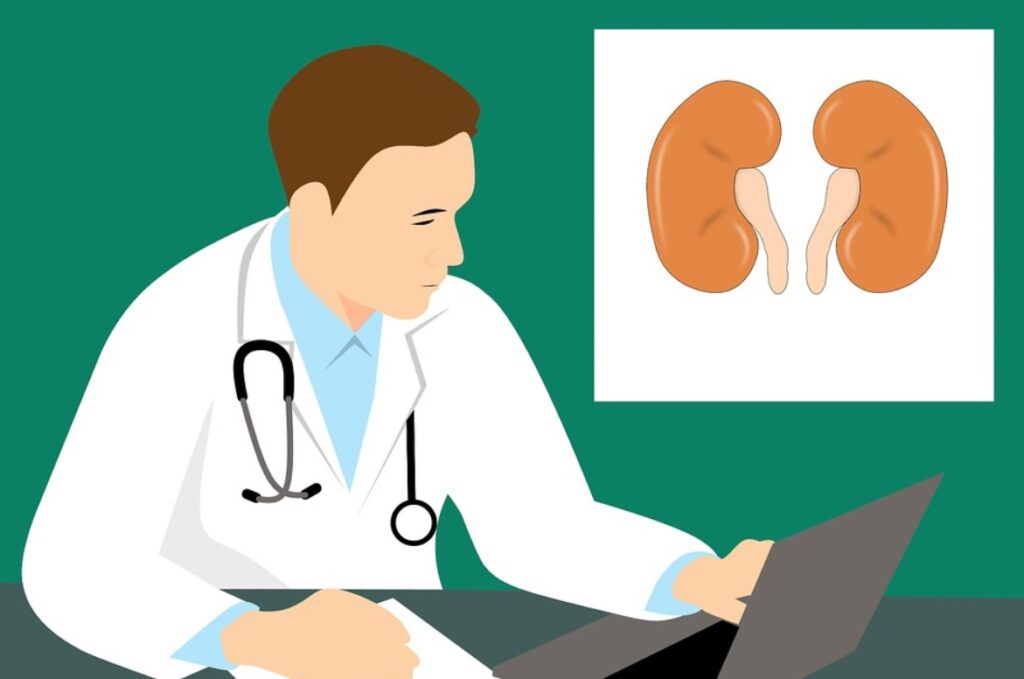In this article, we will delve into the differences between yeast infections and urinary tract infections (UTIs), comparing their symptoms, causes, and treatments. Understanding these distinctions can help you determine which condition you might be experiencing and when to seek medical attention.
Causes of UTIs and Yeast Infections
UTIs: Bacterial Infections
One of the most common medical conditions related to the urinary system is a urinary tract infection (UTI). Causes of a UTI are usually attributed to bacteria, with common culprits including E. coli, Staphylococcus epidermidis, Staphylococcus aureus, and Klebsiella pneumoniae. Antibiotics are the standard treatment for UTIs, as they effectively eliminate the bacteria causing the infection.
Yeast Infections: Fungal Overgrowth
Yeast infections, on the other hand, are caused by an overgrowth of fungus, most commonly Candida albicans. Up to three out of four women will experience a vaginal yeast infection at some point in their lives, with many women having at least two episodes.
Symptoms of UTIs and Yeast Infections
UTI Symptoms
The symptoms of a UTI can be quite uncomfortable and may include:
- 1. A strong, persistent urge to urinate
- 2. A burning sensation during urination
- 3. Passing frequent, small amounts of urine
- 4. Cloudy, dark, bloody, or strong-smelling urine
- 5. Pain or pressure in the lower abdomen or back
- 6. Feeling tired or shaky
- 7. Fever or chills (a sign that the infection may have reached the kidneys)
Yeast Infection Symptoms
Yeast infection symptoms can also be quite bothersome and typically include:
- 1. Itching and irritation in the vaginal area
- 2. A burning sensation, particularly during urination or intercourse
- 3. Redness and swelling of the vulva
- 4. Vaginal pain and soreness
- 5. Vaginal rash
- 6. Thick, white, odor-free vaginal discharge with a cottage cheese-like appearance
- 7. Watery vaginal discharge
Risk Factors for Developing UTIs and Yeast Infections

UTI Risk Factors
Some factors can increase the likelihood of developing a UTI, such as:
- Female anatomy: A woman’s urethra is shorter than a man’s, which makes it easier for bacteria to reach the bladder.
- Sexual activity: Intercourse can introduce bacteria into the urethra.
- Birth control: Some types of birth control, like diaphragms or spermicide-treated condoms, can increase the risk of a UTI.
- Menopause: Lower estrogen levels can make women more susceptible to UTIs.
Yeast Infection Risk Factors
Some common risk factors for developing a yeast infection include:
- Antibiotic use: Antibiotics can disrupt the balance of bacteria in the vagina, leading to an overgrowth of yeast.
- Increased estrogen levels: High estrogen levels, such as those caused by pregnancy or hormone therapy, can increase the risk of a yeast infection.
- Uncontrolled diabetes: High blood sugar can create a favorable environment for yeast growth.
- Impaired immune system: A weakened immune system can make it more difficult for the body to fight off a yeast infection.
Treating and Preventing UTIs and Yeast Infections
UTI Treatments and Prevention
As previously mentioned, antibiotics are the standard treatment for UTIs. However, it’s essential to use them correctly to avoid bacterial resistance and other side effects, such as allergic reactions, nausea, vomiting, diarrhea, rash, and yeast infections. Here are some evidence-based home remedies and preventative measures for UTIs:
- Stay hydrated: Drinking abundant amounts of water assists in thinning the urine and flushing out any bacteria that may be present.
- Urinate when necessary: Holding in urine can allow bacteria to multiply, so it’s essential to urinate when needed.
- Use probiotics: Beneficial bacteria, also known as probiotics, are essential components of a balanced internal ecosystem. When taken regularly, these microorganisms can help establish and maintain well-being in the human body.
- Drink cranberry juice: Some studies suggest that cranberry juice can help prevent UTIs by preventing bacteria from adhering to the bladder wall.
- Take vitamin C: Vitamin C can help to acidify the urine, creating an environment that is less favorable for bacterial growth.
- Practice good sexual hygiene: Urinate before and after intercourse, and wash the genital area with mild soap and water.
- Wipe from front to back after using the toilet: This can help inhibit the transmission of bacteria from your rectum to the urinary tract.
Don’t overlook the importance of getting medical attention for urinary tract infections because leaving them untreated can result in dangerous health issues.
Yeast Infection Treatments and Prevention
Avoiding yeast infections is an achievable goal when you take the right preventive steps, such as employing antifungal medications administered by pill or cream. Other options available are ointments and suppositories, so ask your healthcare provider which option may work best for you.
- Wear breathable, cotton underwear: The moisture accumulation that synthetic fabrics cause can create the ideal atmosphere for yeast to proliferate.
- Avoid douching: Douching can interfere with the delicate equilibrium of bacteria and yeast in a woman’s vagina, causing imbalance.
- Change out wet clothing promptly: Damp environments promote yeast growth, so it’s crucial to change out wet swimsuits or workout clothes as soon as possible.
- Maintain proper hygiene: To ensure the utmost hygiene, you should clean your genital area using mild soap and warm water. Refrain from utilizing harsh or strongly scented soaps as well as bubble baths, which may irritate.
- Manage blood sugar levels: To decrease the likelihood of getting a yeast infection, it is essential to keep your blood sugar levels regulated if you have diabetes.
Conclusion
In summary, UTIs and yeast infections are two distinct conditions caused by different microorganisms. While UTIs are primarily bacterial infections, yeast infections result from an overgrowth of fungus. Both conditions exhibit different symptoms, risk factors, and treatments, making it crucial to understand the differences to seek appropriate medical attention and adopt preventive measures.
